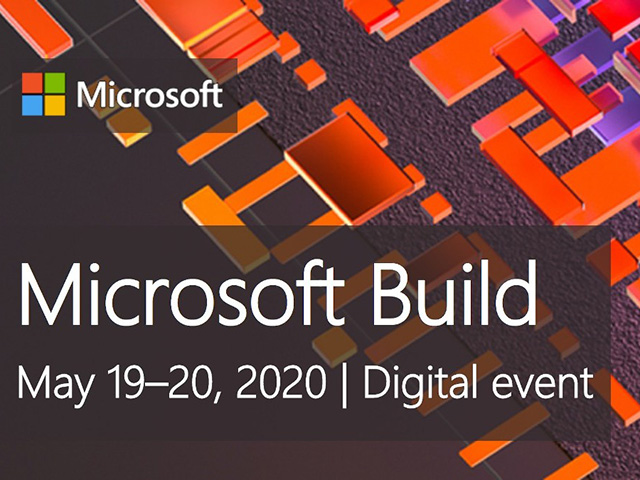Microsoft Build 2020 Part 2: Building strategies for a tumultuous present and brighter future
By Ryan Noik 26 May 2020 | Categories: Corporate Events
At the recent Microsoft Build 2020, held not in a swanky conference centre in downtown Seattle but the far less glamorous bedroom/home office nearby, Microsoft, as usual, had a lot to share.
One of its insights was around Developer Velocity – discussed more in Part 1 of our coverage. In short, Developer Velocity is the term for increasing speed of delivery, but also empowering software developers to unleash greater ingenuity, so as to better meet the needs of today’s businesses.
Looking for answers in the clouds
The question that arises those, is what is the catalyst for Developer Velocity? One of the components spoken about comes as little surprise, it is the adoption of public cloud. The company cited a report by McKinsey that public-cloud adoption has four times the impact on the business performance of non-software companies as compared with software companies.
Scott Guthrie, the Executive Vice President for Cloud and AI explained that the reason why Microsoft’s Azure cloud has been developed is with this in mind - so as to enable developers to focus on building apps without having to worry about the underlying infrastructure those apps are destined to run on.
To this end, the company highlighted that Azure supports developers’ favorite languages, open source frameworks, and tools while also creating easy pathways to learn new skills.
Azure, made better
Announced at Build 2020 were a number of new Azure features or enhancements for developers, enabling them to build better cloud-native applications. For example, the company announced enhanced voice styles and container support for Azure Cognitive Services, furthering the functionality of AI infused applications.
Also highlighted was Power Apps, which offers a low code application development platform that enables developers to rapidly build web and mobile experiences. “Today, we’re seeing many of our customers turning to a combination of Power Apps and Azure to quickly deliver solutions that respond to changing business needs,” enthused Guthrie.
Another significant announcement, still on the Azure front, was the preview of Azure Synapse Link, a cloud-native implementation of hybrid transactional analytical processing (HTAP). Raghu Ramakrishnan, the Chief Technology Officer for Azure Data at Microsoft, explained that this removes the barriers between Azure operational database services and Azure Synapse Analytics,
“Azure Synapse Link enables customers to get insights from their real-time transactional data stored in their operational databases with a single click, without managing data movement or placing a burden on their operational systems,” he elaborated.
Of things to come…
This development follows on from the debut of Azure Synapse Analytics in November last year. That was aimed at removing the barriers between enterprise data warehousing and big data analytics to enable data professionals to collaborate, build, and manage their analytics solutions more easily.
Admittedly, analytics is not always the sexiest topic. However, Ramakrishnan asserted that it is a highly relevant one for the world we find ourselves living in.
“What 2020 is teaching us is that the world can change in an instant. In the span of a few months, we have witnessed massive disruptions across every industry around the globe. Factories are idle, hotels are empty, and the transportation backbone that connects us all is quiet. Navigating these unprecedented times is challenging and requires a new level of agility for businesses to deal with abrupt changes in our world,” he noted.
“Core to achieving this agility is the ability to gain fresh, continuous insights from data. Our commitment to customers is to make analytics in Azure the most performant and secure experience it can be,” he elaborated.
Apart from the fact that Build 2020 was attended non-locally, and in a time zone of one’s choosing, Ramakrishnan’s words expressed the most notable difference that the event held: Business agility, being able to develop and build have taken on a considerably more sombre and urgent edge now than they did three or four months ago.
Most Read Articles

Have Your Say
What new tech or developments are you most anticipating this year?




